Classes in U.S. schools are overflowing. Teachers want to connect with their students but aren’t able to and don’t know how to fix the problem.
Given that high school classrooms in certain school districts are reaching over 50 students each, it’s not surprising that teachers are struggling to connect with their students, says education writer Valerie Strauss. Classes of this size are harmful to teachers and to students; teachers simply cannot give students the individual support they need to learn.
While there are no easy answers, using creative ideas from other teachers can help. These tips won’t completely resolve the challenges presented by oversized classrooms but should help teachers connect with students in ways that can have a lasting impact.
Pro Tip
Ready to improve your classroom? Collect student feedback online with Jotform’s free education forms and surveys.
Microinteractions make a big difference
Simple gestures can be meaningful in terms of connecting with students. Research led by Clayton R. Cook, Ph.D., found that positively greeting students at the door was a low-cost, high-yield teacher routine that helped improve student engagement and behavior.
Microinteractions like these show students that teachers care but are practical enough for teachers to implement in larger classrooms. Other great examples of microinteractions include
- Thumbs-up/thumbs-down: High school teacher Jeffrey Billard asks his students to express how well they understand a concept with a thumbs-up or thumbs-down
- Acknowledging (and congratulating) student improvement
- Focusing on different students daily to ensure no one flies under your radar
- Choosing one day a week to join a student activity at lunch
- If possible, leaving your room open during non-class hours (i.e., lunches) for tutoring or just a safe place to be
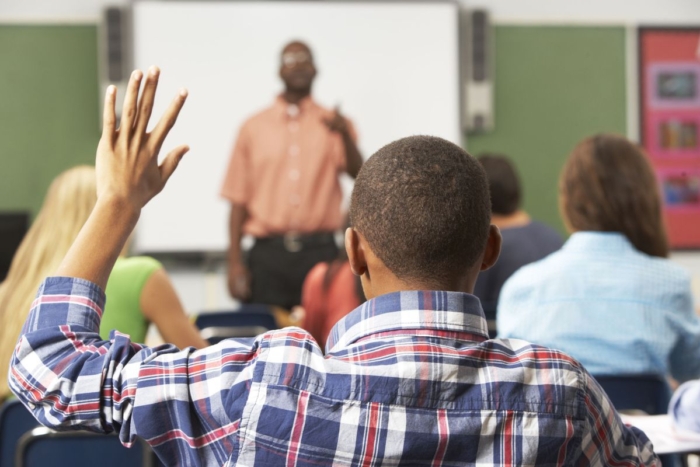
And don’t forget to ask for feedback. “Consider creating surveys once or twice a week where students can answer questions on a Likert scale and also ask questions of you,” writes UCLA Graduate School of Education faculty advisor Rebecca Alber, Ed.D. “Invite students to write a letter to you about their learning, their accomplishments, challenges, and interests.”
Encouraging feedback can help students feel engaged and help you grow as a teacher beyond any single interaction.
Activities that foster trust instead of pure efficiency
Some teachers hesitate to implement group work in large classes because it can be loud, unorganized, and hard to manage. Though seemingly impractical at times, group work is still necessary for students to connect with teachers, peers, and the learning material. The use of structured prompts can encourage calm and focused conversations.
Heather Riley and Youki Terada at Edutopia give the example of how one teacher uses “talk moves,” or sentence starters, to build tolerance and respect in the classroom. All students have a list of statements that they are encouraged to use several times, including “I heard you say…” or “Can you repeat that?”
Statements such as “I disagree because…” challenge students to think independently and critically before expressing an opinion. This approach avoids unruly arguments, instead fostering productive conversations.
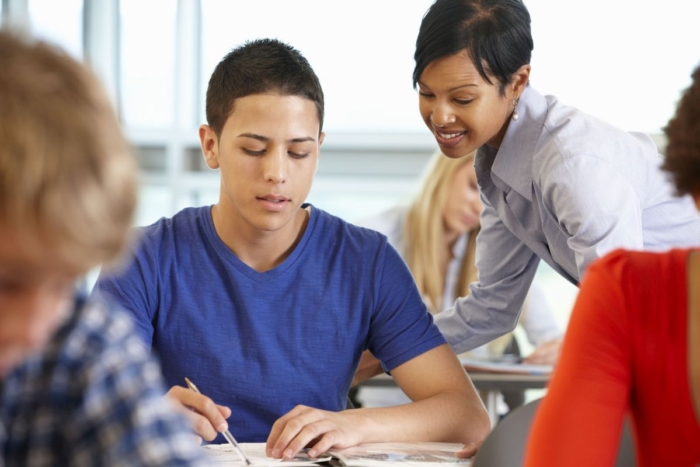
“I do talk moves because, in order to have a great discussion, everyone has to feel like they’re a part of it, and valued,” explains middle school teacher Catherine Paul. “And when they walk away, they really have bridged a gap with someone that maybe they wouldn’t necessarily have talked to, or talked to on that level.”
Students learn best when they feel safe in a classroom. This method of having a list of structured sentence starters gives shy students a way to frame their opinions and outspoken students ways to invite others into the conversation.
Guiding students through these structured conversations may take upfront work and training, but they build connections. Other activities, such as completing worksheets, may be easier in a large class but won’t yield as much student engagement.
Speak your students’ language
Relating to your students doesn’t mean using colorful or offensive language, but it does mean trying to connect. For instance, high school teacher Glenn Sacks says his students send him some form of media, often on a daily basis. Sometimes it’s video clips or songs; sometimes it’s political memes or articles.
Sacks actively encourages this kind of interaction. “When a student connects a lesson to something that they’ve taken note of in current politics, it fuels their motivation and interest,” he writes. “I try to review and (when appropriate) incorporate them into upcoming lessons.”
Instead of giving into the craziness of how many students are in his classroom, Sacks harnesses their participation to connect and even to help him plan lessons.
One student at a time
All of this will certainly require patience. Oversized classes are noisy, and connection requires time that you don’t have.
But you have influence over these students’ lives. And only through meaningful connections can students learn and grow socially and emotionally.
People don’t forget the teachers who connected with them and made a difference in their lives. When it becomes too rowdy, choose just one student to focus on. After all, connections are built one student at a time.


























































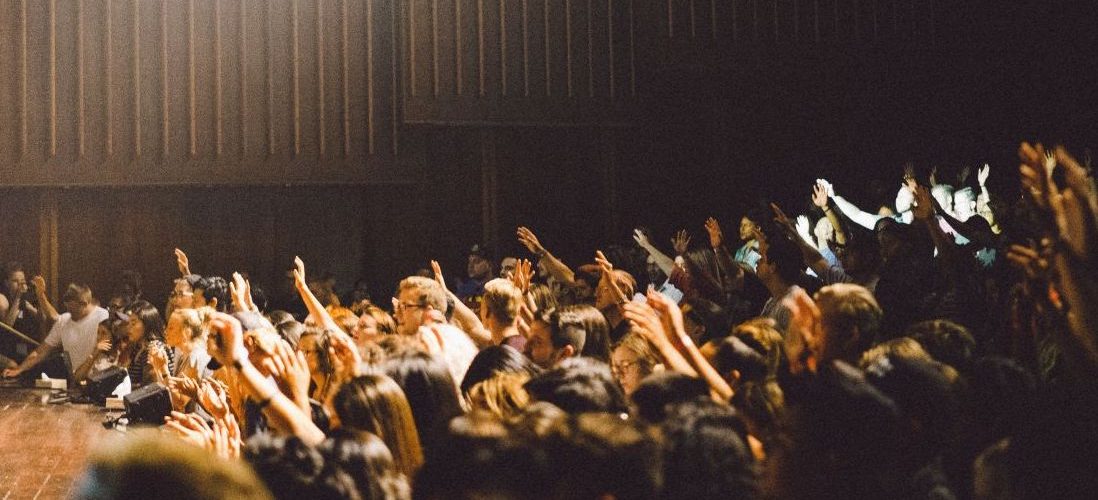


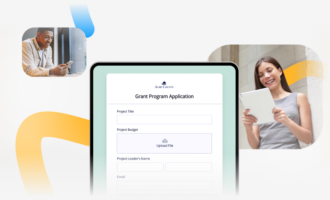


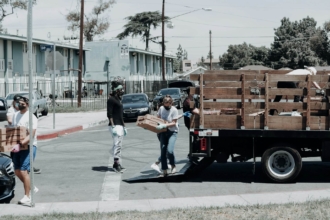


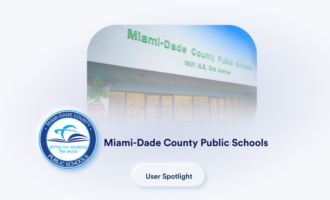


Send Comment: